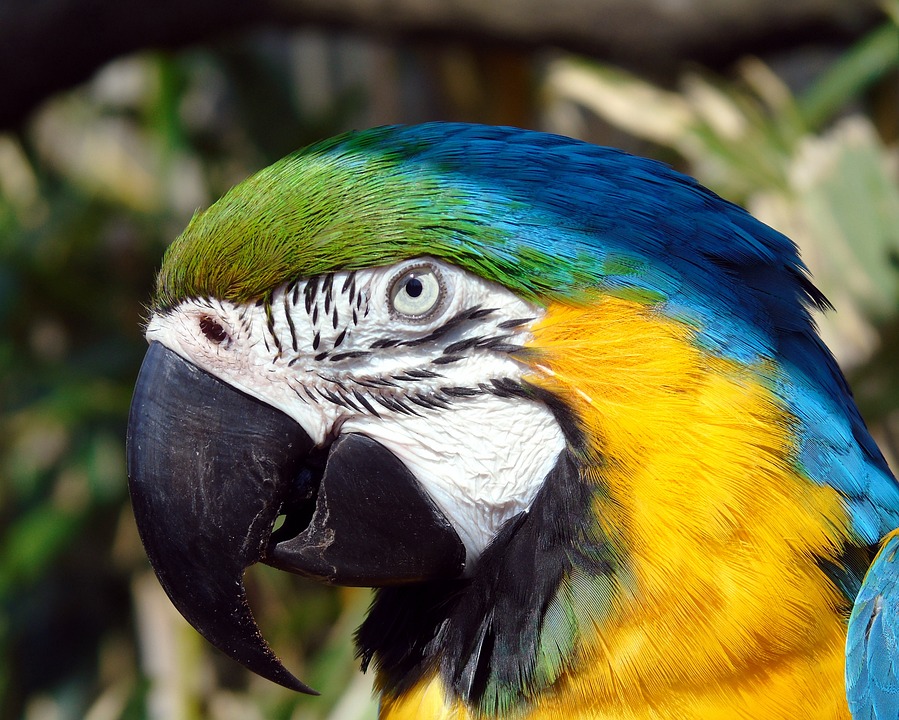Parrots, with their vibrant colors and intelligent nature, exhibit various behaviors indicating their readiness for breeding. As responsible parrot owners, it is crucial to recognize these signs and provide appropriate outlets to ensure the well-being of our feathered friends. In this article, we will explore common breeding behaviors in parrots, discuss how to recognize them, and provide effective outlets to satisfy their natural instincts.
One of the most noticeable signs of breeding behavior in parrots is increased vocalization and courtship sounds. During breeding seasons, parrots may exhibit heightened vocalization, mimicking mating calls, and producing unusual sounds. Male parrots often learn new songs or mimic sounds to attract a mate, while females may respond with softer vocalizations.
Another indicator of breeding behavior is nesting and territory protection. Parrots preparing to breed may become territorial, aggressively defending their nesting area or cage. They might display aggression towards humans or other pets approaching their nesting space.
Breeding parrots might also exhibit specific physical changes. They may pluck feathers to create a nesting area. Females may also develop a brood patch, which is a featherless area on their abdomen used for incubating eggs.
Courtship displays and bonding behaviors are also common when parrots are ready to breed. Parrots engage in elaborate courtship displays, including head-bobbing, regurgitating food, and mutual preening. The male parrot may offer food to the female as a sign of courtship and bonding.
Increased interest in nest boxes and objects is another sign of breeding behavior in parrots. They will show a heightened interest in exploring and investigating potential nesting areas, such as nest boxes or dark, enclosed spaces. They may chew on objects, rearrange cage materials, or collect and hide items to create a suitable nesting environment.
Providing appropriate outlets for parrot breeding behavior is essential to ensure their well-being. One way to do this is by offering adequate space and privacy. Provide a spacious cage or aviary with enough room for parrots to move around freely. Create a designated nesting area within the cage, ensuring it is partially concealed to offer privacy.
It is also important to provide suitable nesting options for parrots. Offer appropriately sized nest boxes or nesting materials, such as shredded paper, untreated wood shavings, or coconut fiber. Regularly inspect and clean the nesting area to maintain hygiene and prevent the accumulation of harmful bacteria.
To simulate a natural environment, adjust lighting and temperature to replicate breeding seasons. Ensure parrots receive appropriate daylight hours and regulate temperature to encourage natural breeding behaviors.
Enrichment and behavioral stimulation are crucial to redirecting the energy of breeding parrots. Provide a variety of toys, puzzles, and foraging opportunities to keep them mentally stimulated and occupied. Engage in interactive play sessions to redirect their energy and prevent frustration.
In conclusion, understanding and providing appropriate outlets for parrot breeding behavior is essential for their overall well-being and mental stimulation. By recognizing the signs and offering suitable alternatives, you can ensure a happy and healthy environment for your feathered companions. Remember to consult avian experts before considering breeding your pet parrots and always prioritize their well-being.









